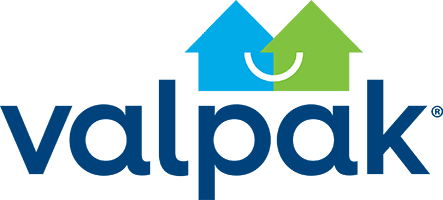In marketing, reaching more people means better results, right? Not necessarily – especially when that audience isn’t your ideal target or has no interest in your business. By targeting your marketing, you can reach potential customers that are interested in what you’re selling.
Benefits of Targeted Marketing
One of the biggest benefits of targeted marketing is that you’re distributing your message to an audience that is more likely to respond positively. Knowing their demographics, motivations, needs, and location can help you deliver attractive, personalized advertising. For example, if a small florist wants to reach stay-at-home mothers with their direct mail campaign, they can use available research to know where to distribute their information and how the creative should be designed to best appeal to this audience. Knowing what type of marketing your audience is most responsive to will drastically increase the effectiveness of your campaigns and improve your marketing ROI.
The same florist can also create content that appeals specifically to its target audience – such as a sponsored how-to article on keeping flowers fresh or picking the best arrangement for the season. This approach works because customers want to be reached at their level. Mobile Commerce Daily states that 40% of consumers are more likely to buy when retailers personalize, and 59% believe it is easier to find the right product or service when there is a personalized experience or message.
Target Marketing vs. Mass Marketing
When comparing targeted marketing vs. mass reach, the numbers are clear. According to Mogreet, 84% of mass-marketed Facebook ads are not clicked, while 88% of mass-marketed emails remain unopened. Distributing your marketing to a larger audience does not mean you’re going to reach a larger engaged audience.
With mass marketing, businesses have no way of knowing who is viewing an ad, thus rendering it largely ineffective. Even if your business is targeting by geography or demographics, this still misses important segmenting details like where the customer is in the buying process. As AdWeek points out, your target audience may be in different buying cycle stages, from ready to buy to wanting more information. When you’re utilizing market segmentation, you can provide the right message with a more appropriate call-to-action.
Typically, mass reach requires an advertiser to spend more. As James Mello points out, mass reach is typically used by larger companies or established brands that already have a large audience and big ad budgets. Mass reach over a large media platform is absolutely necessary for established companies to continue building brand recognition and educating consumers about their products. In order to be effective, these larger businesses put forth the funds worlds beyond what a small business is likely able to afford.
How to Utilize Frequency with Targeting
One of the bigger challenges with targeting is knowing how to increase marketing frequency without going overboard. Codeless recommends taking a look at those who missed your marketing the first go-round with metrics like click-through rates. These metrics can help you advertise a second time to those people without annoying the engaged group from your original advertisement.
For example, our florist may increase the frequency of their ads to their audience during certain holidays, when they’re more likely to purchase flowers. They may also adjust their message and include a call-to-action about flower delivery if metrics show they didn’t engage with a previous message about purchasing in-store.
Try Targeted Marketing for Your Business
When making the decision to focus more on targeted marketing, start by asking how your business can further segment your target audience. By creating a strategy that allows you to learn who your audience is and what their needs are, as well as the frequency that works to hold their attention, you can create more effective advertising and ultimately generate a higher ROI for your business.




